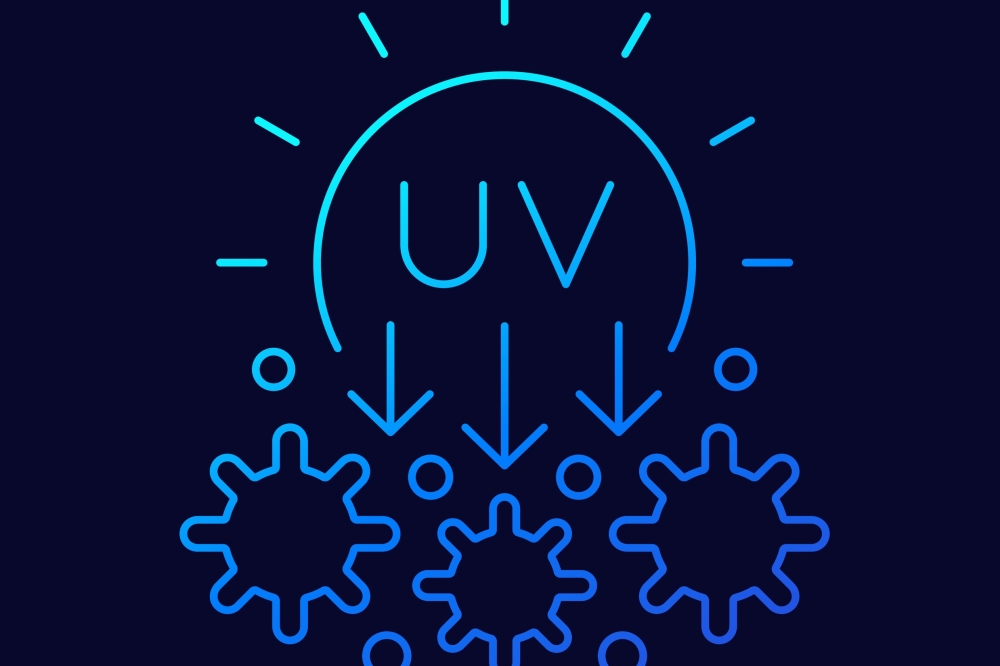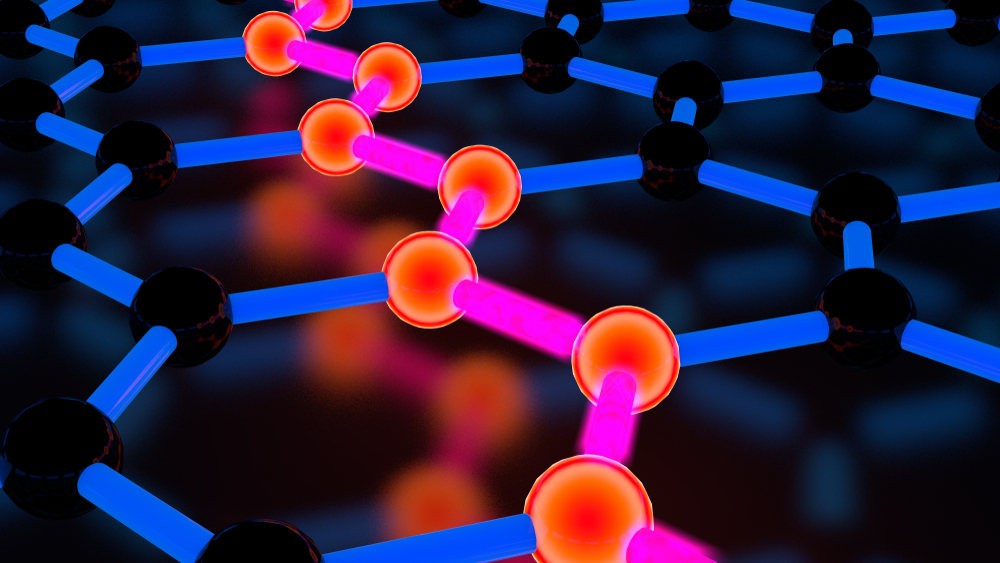Introduction: On March 25, AIXTRON Aisiqiang's official website released: The "GraFunkL" research project aims to use new UVC LEDs to fight multi-drug resistant hospital pathogens. GraFunkL stands for "graphene as a functional layer in UVC LEDs".
On March 25, AIXTRON Aisiqiang's official website released: The "GraFunkL" research project aims to use new UVC LEDs to fight multi-drug resistant hospital pathogens. GraFunkL stands for "graphene as a functional layer in UVC LEDs". Partners in the project include the Department of Electrical Engineering Materials led by Professor Gerd Bacher of the University of Duisburg-Essen, Protemics GmbH in Aachen (specializing in terahertz measurement technology) and ams-OSRAM International GmbH in Regensburg (a pioneer in lighting and sensor technology). The project will be funded by the German Federal Ministry of Education and Research (BMBF) with 2.1 million euros over the next three years.

Ultraviolet (UV) radiation has been used to fight multi-drug resistant bacteria for more than 100 years. When UV light of a specific wavelength (265 to 286 nanometers) strikes a virus or bacteria, it breaks chemical bonds – including the DNA of the pathogen. Conventional methods are based on mercury vapor lamps. Semiconductor-based UV radiation sources are not only more durable, but also do not contain toxic mercury. In addition, semiconductor solid-state light sources are small and lightweight, making them ideal for mobile use.
"The innovation of this project is that the graphene is deposited directly on the UVC LED wafer. These new photonic components are suitable for a range of applications, including the purification of indoor air, wastewater or surfaces contaminated by microorganisms," explains Prof. Michael Heuken, Vice President Advanced Technologies at AIXTRON.

The use of graphene increases energy efficiency and light output. A carbon layer just one atom thick is integrated into the UVC LED, which has high conductivity and high optical transparency, thus increasing the efficiency of the light-emitting diode.
Another key goal of the GraFunkL project is to develop a platform that enables the application of graphene over large areas, i.e. wafers with a diameter of up to 150 millimeters. This, in turn, should be integrated into industrial production lines for UVC LEDs. Large-scale production, coupled with the increased efficiency of new UVC LEDs, forms the basis for a wider use and dissemination of the technology - for example in the medical field. In addition, the project will also provide insights into the growth of graphene on non-metallic substrates.

